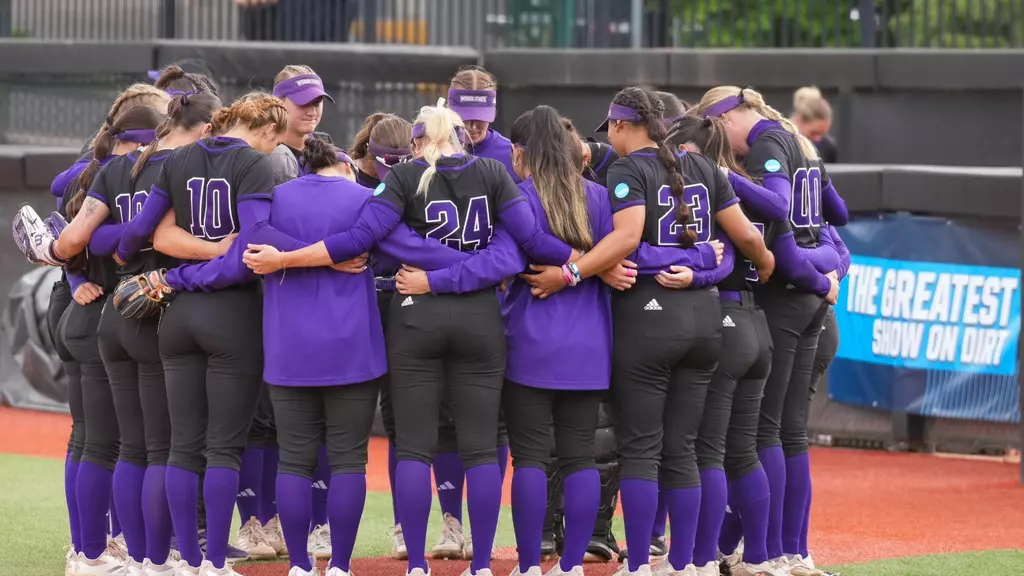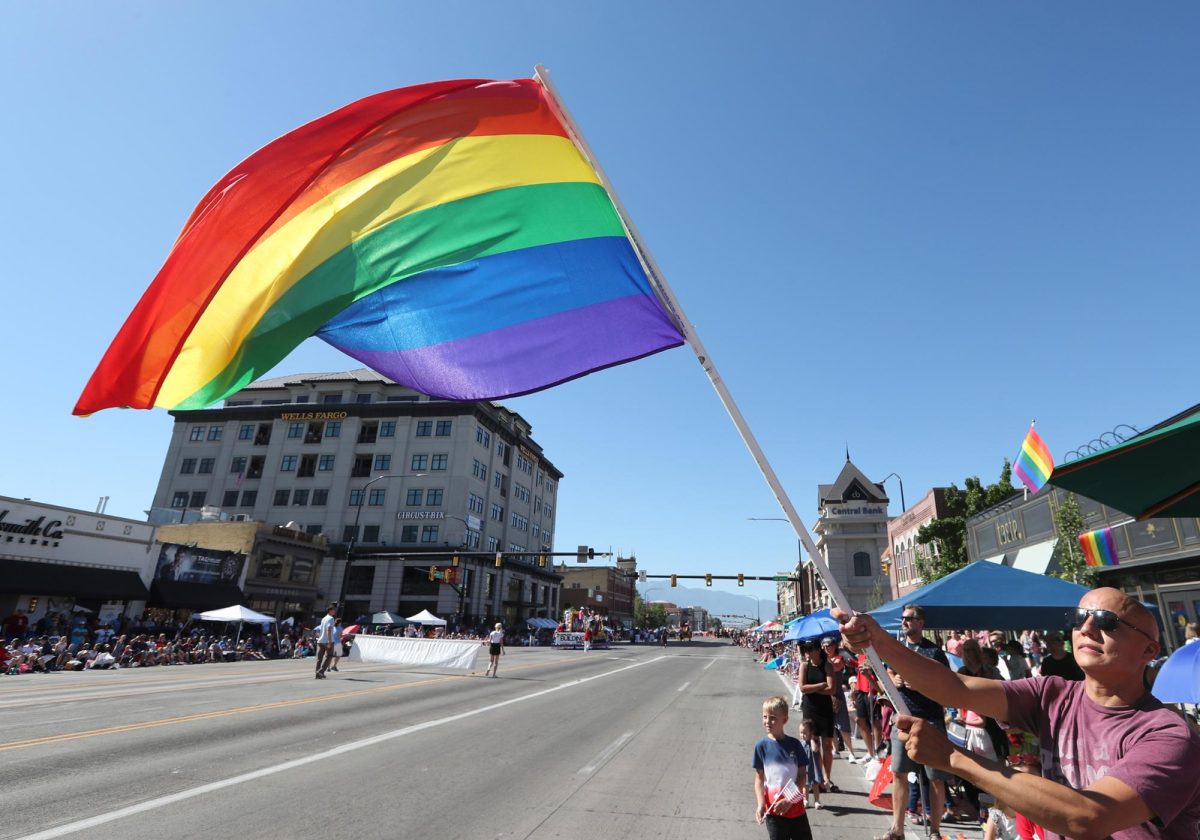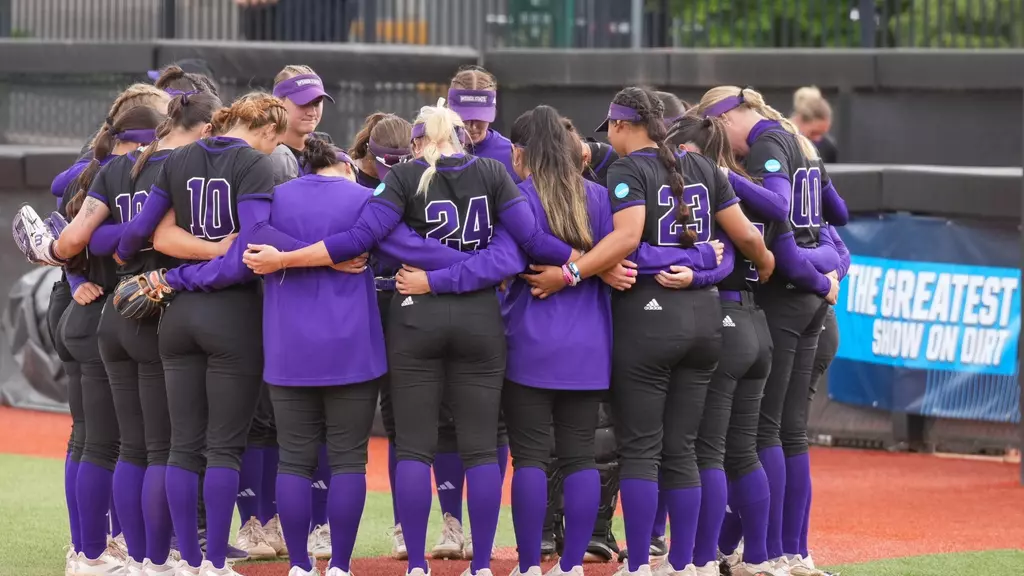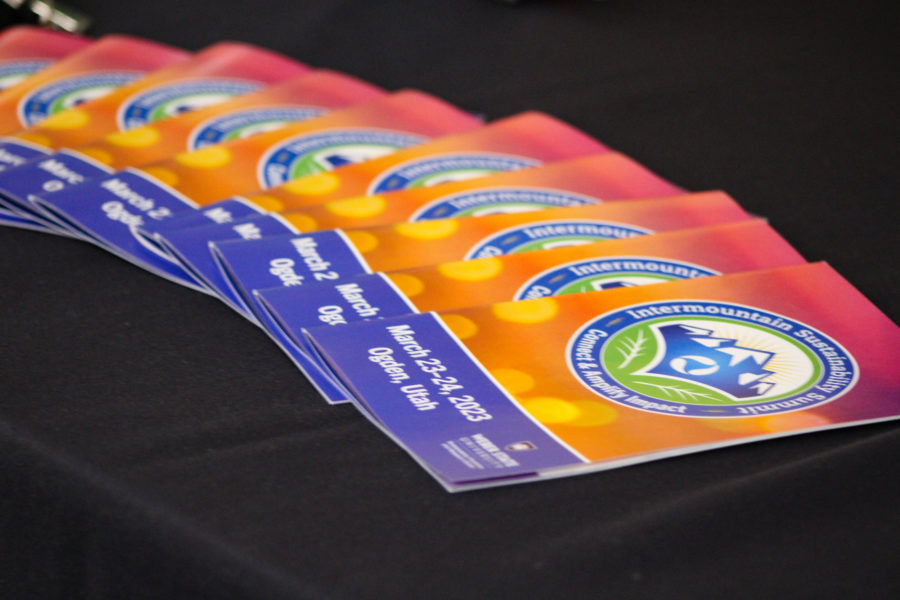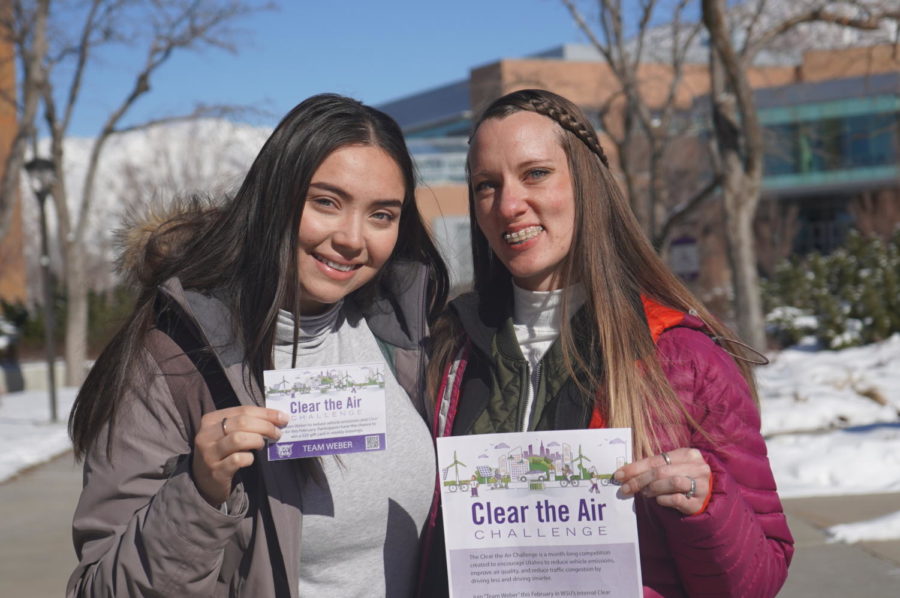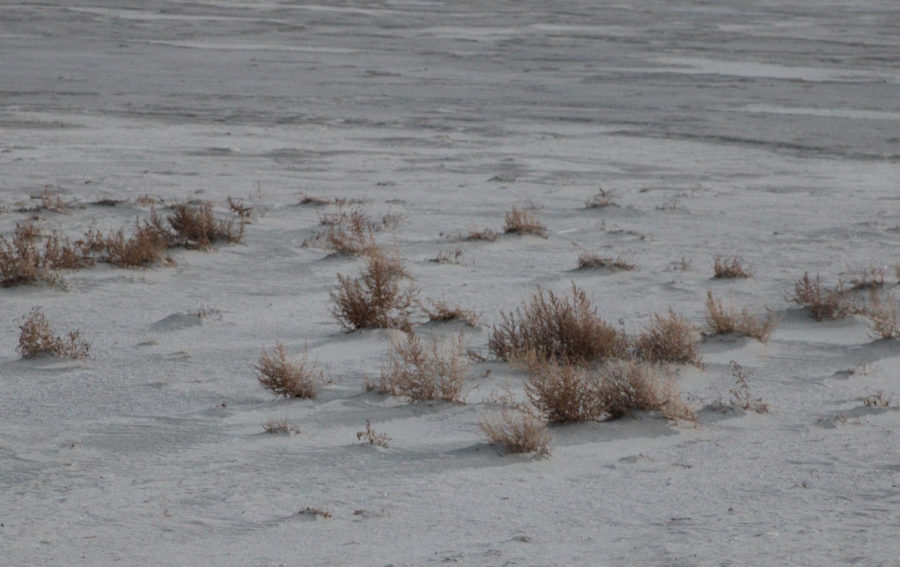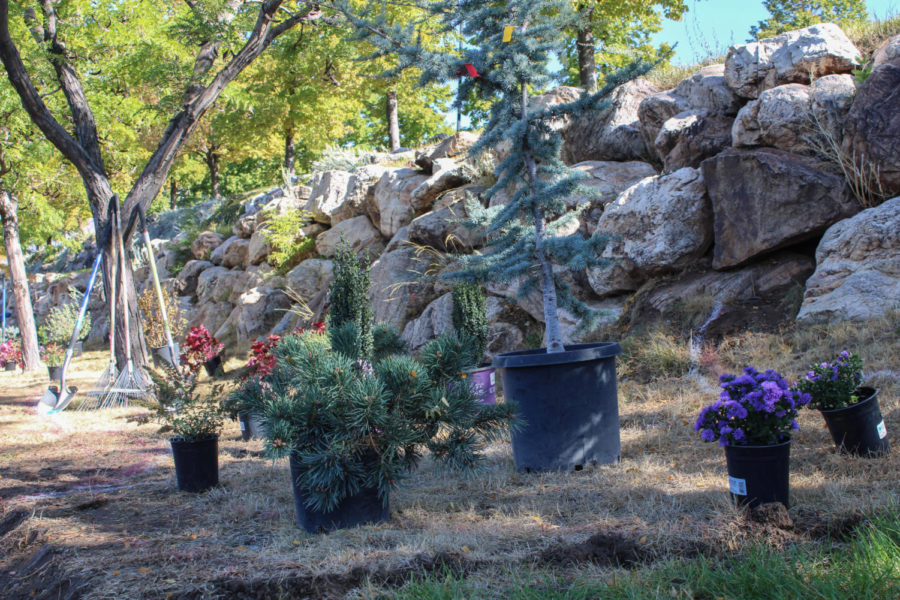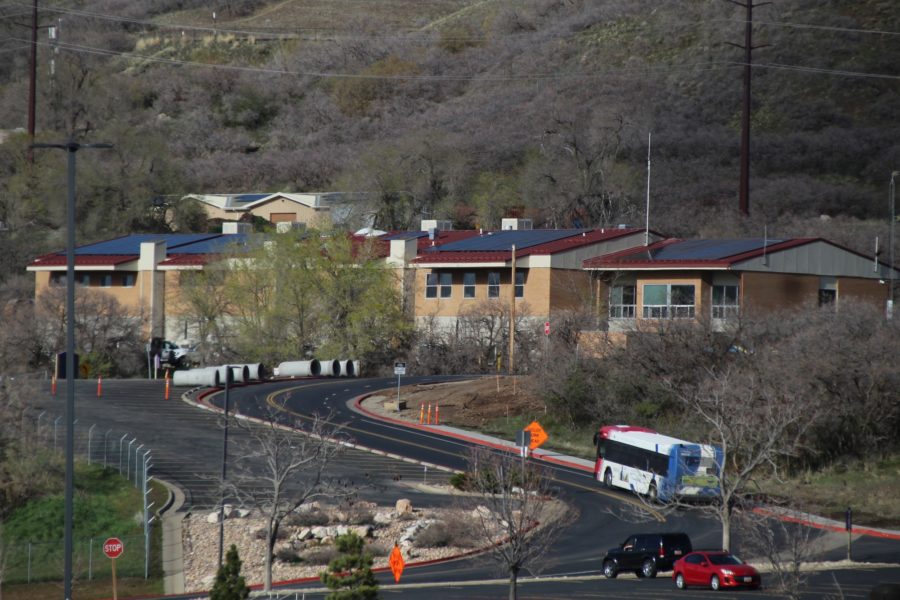The Weber State University Energy and Sustainability Office recently surveyed WSU students and faculty regarding transportation in its move to reduce the university’s carbon footprint.
Jennifer Bodine, the WSU sustainability specialist in the Energy and Sustainability Office, said the survey is part of the Climate Action Plan.
“The Climate Action Plan has a goal for Weber State to be carbon-neutral by 2050,” Bodine said. “Every year, we put out an annual report that describes where we are towards reaching that goal. One area we felt we didn’t have really good data was regarding Scope 3 emissions, which refer to activities which are related to the university, but not generated by the university.”
Bodine said Scope 3 emissions include commuting and airline travel, and the survey was to determine what the carbon footprint from the university is with regard to staff, faculty and students.
“We also wanted to understand why people were choosing different modes of transportation,” Bodine said. “We also wanted to see what incentives would get people to respond to using different types of transportation.”
Jacob Cain, WSU Energy and Sustainability manager, said the survey was meant to refine the information the office already had from a survey in 2007.
“The survey done before was a good survey, but in our efforts to really pursue sustainability and carbon-neutrality, (we) needed more detailed data on what the commuters were,” Cain said.
Bodine said the office will take another survey next year. However, if the data doesn’t change drastically, she said, it will wait a couple years before taking another survey.
“The results will be posted to the Energy and Sustainability website, and has already been submitted to and reviewed by the President’s Council,” Bodine said. “We also plan on making a presentation to the Environmental Initiatives Committee this fall when they come back in session, to update them on the results and see what initiatives they might want to pursue based on the results.”
Cain said there will be increased benefits through taking this survey continually. He said it will give WSU a better understanding of its student population.
“It will give us a better understanding of objectives and things to attack in regards to where our carbon emissions are coming from,” Cain said. “The other aspect is for the administration to understand students, and get a better understanding of our student population and where they’re coming from.”
The survey results showed that the average distance students travel to the Ogden and Davis campuses were approximately 15 and 14 miles respectively, and 73 percent of those students make the drive to the Ogden campus alone.
Bodine said current incentives for students include the UTA Ed Pass, and that the office hopes to create more incentive programs down the road to encourage carpooling or mass transit use.
The survey results also indicated that students would be more open to carpooling if there were incentives given for carpools, like reserved parking and reduced parking passes for carpools.
“This is more informational for the administration,” Cain said. “This will allow the administration to divert more funds into addressing these issues. I’m not sure yet what the vice presidents are willing to commit to this.”



